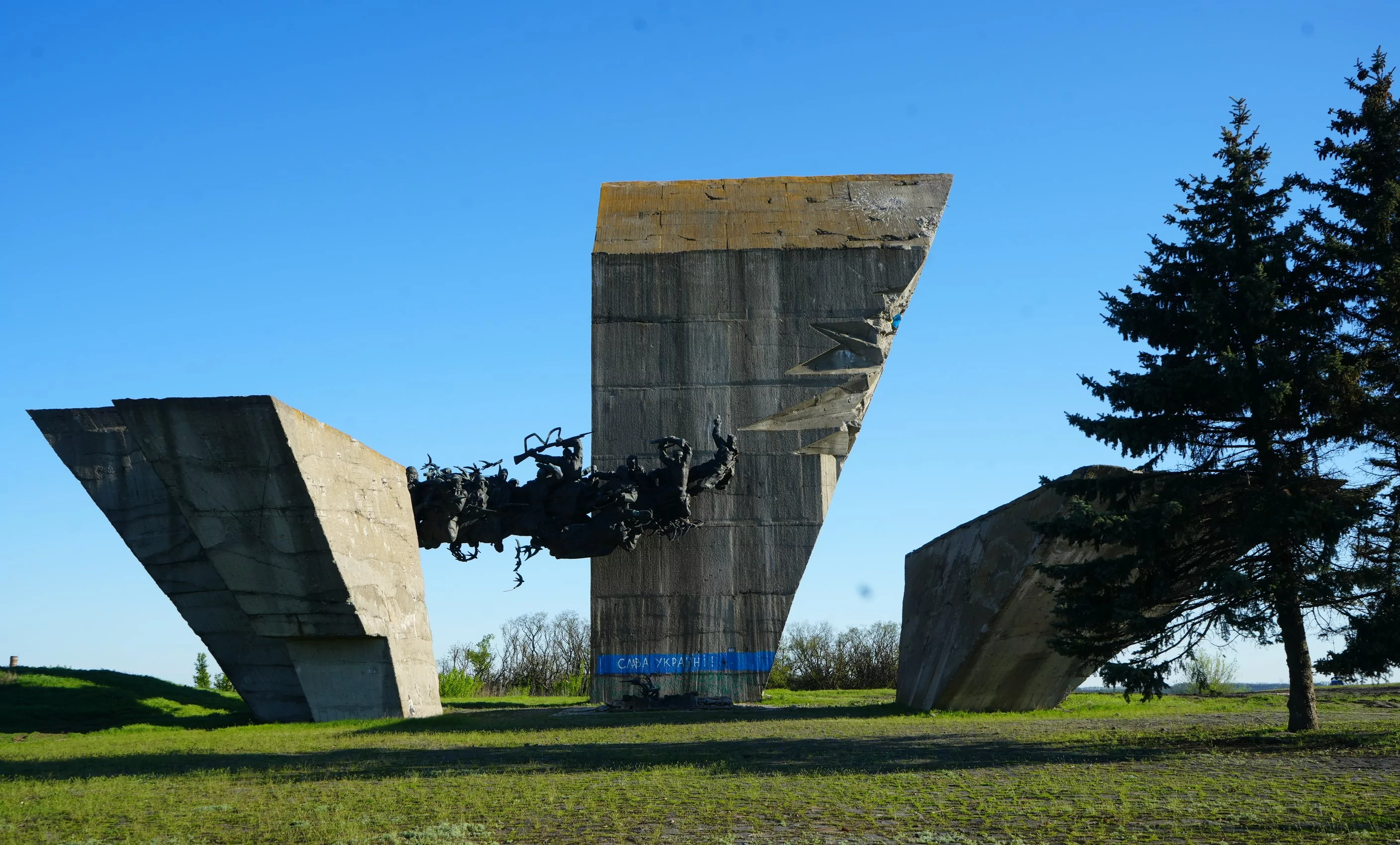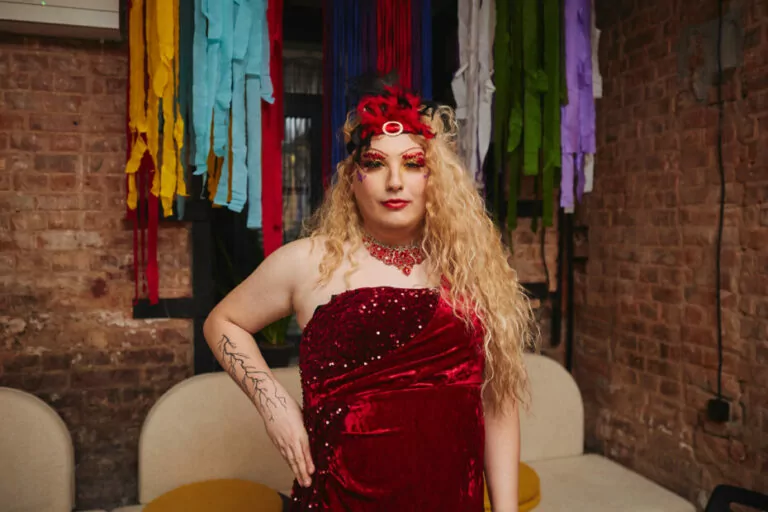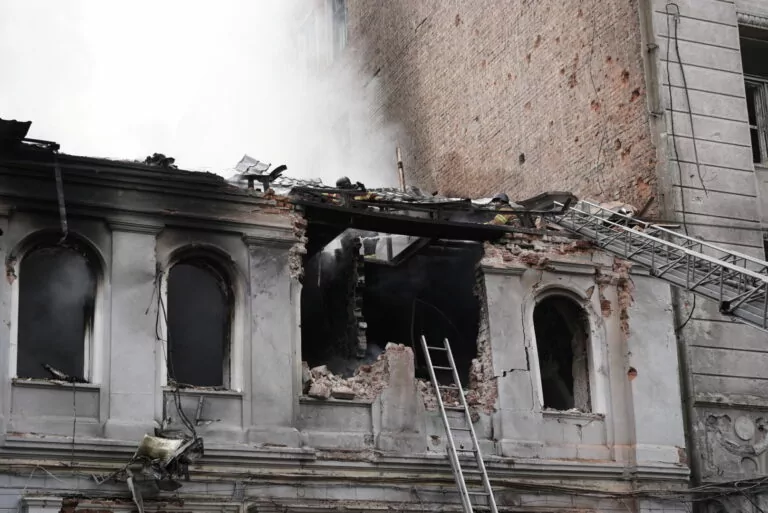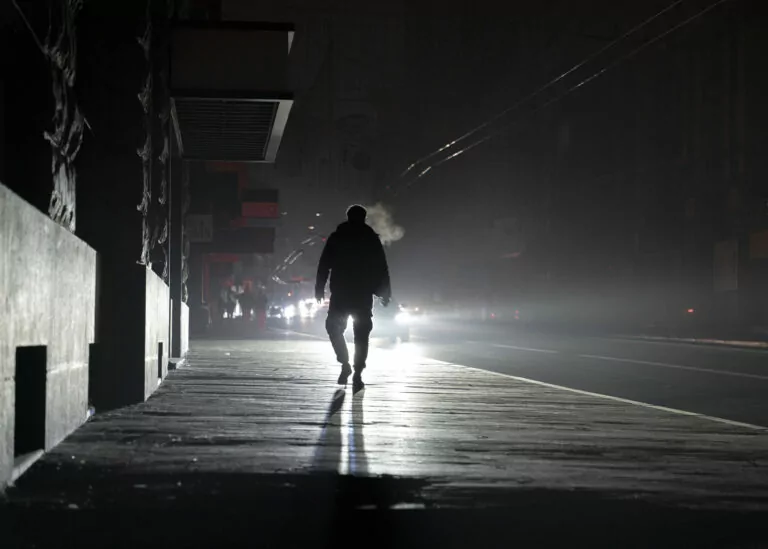Izium in Kharkiv Oblast was under Russian occupation for six months. In September 2022, when the Armed Forces of Ukraine liberated the city, they found mass burials of residents and numerous torture chambers set up by the occupiers. According to the National Security Council, Izium suffered the most significant number of airstrikes during the Russian invasion of Ukraine — 476.
At the entrance to the city, one can see piles of burnt Russian equipment and civilian cars. Sand and crosses can be noted in the forest strip near the road – in September, 447 bodies were exhumed here, including 215 women, 194 men, five children, and 22 military personnel members.
Izium is between Kharkiv and Donetsk, so residents often notice soldiers on the streets drinking coffee in local cafes before heading to the front line. On the wall in Kulynychi [a popular Kharkiv and Kharkiv Oblast chain bakery] hang the sheets of paper with thanks and wishes from the military members from different parts of Ukraine: Dnipro, Odesa, Chernihiv, Kharkiv, Lutsk – sometimes the greetings even come from Sweden.
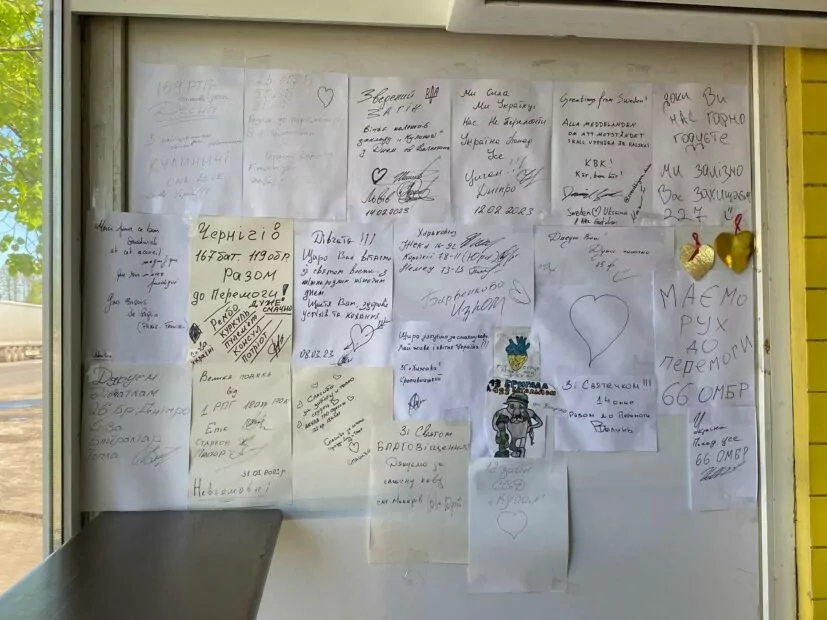
Local business
At the entrance to a local clothing store near the Railway Market, we see a “Come in!” sign. Surrounded by the shelves and hangers, we are greeted by an elderly woman working here as a saleswoman since December, when the store reopened. She is happy to meet customers, but after being asked about the times of the occupation, her face changes, and she gets silent. Later she begins to speak.
— On the night from the second to the third of March, when it started…
Tears gather in the corners of the eyes of the second-ago-smiling woman. She looks down, catches her breath. The store is quiet.
– When the shelling started, we ran to the basement – and sat there the whole time. We didn’t have bread – we fried flatbread on the fire in the yard. Everyone had some supplies: cereals, vegetables, canned goods – that’s what we ate. The markets and shops were closed, so we took the barbecues into the yard and cooked when the shelling stopped. When the Russians occupied the city, they resumed the bread factory work. Then at least, the bread started to be brought in and distributed.
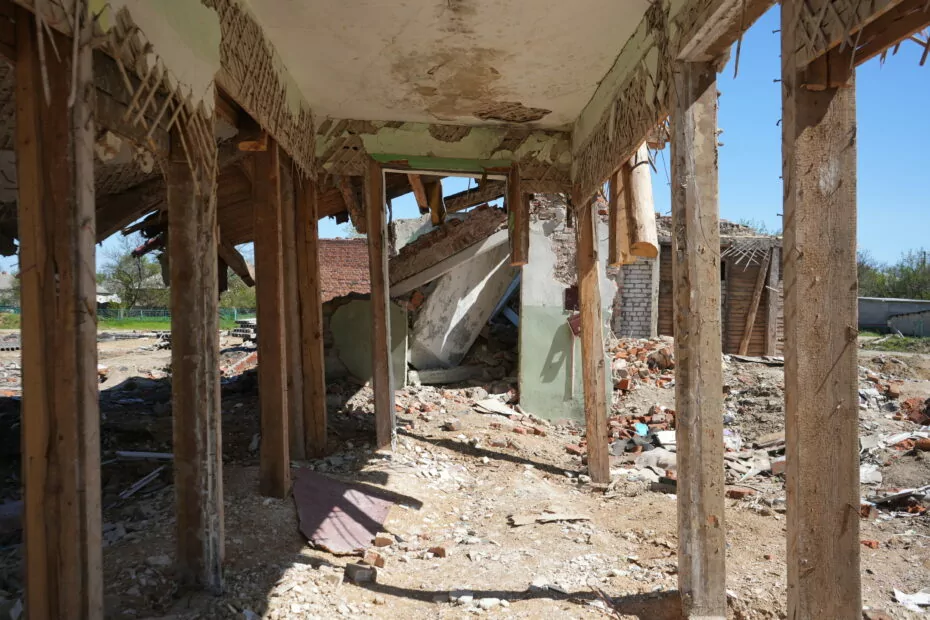
The woman chats with us for a few minutes, answers the customers’ questions, sells a sweater to a man who complains about the price increase, and on the way out, she says suddenly, “Whatever, but I understood one thing for sure. If there is a paradise on earth, it is in Ukraine.”
Dance school and workshops
Children and their parents come out of the regional vocational education center – the children have just finished their dance class. Olesia is talking to two teenagers on the second floor of the building. A woman teaches dancing to children and adults here.
— I got a call from the project “Spilno. The meeting points” in Izium — and I decided to return to dance classes because the Palace of Culture, where I worked before, is not suitable for use. Occupiers lived there. The Palace has no windows and no heating; everything is broken. Previously, there was a costume room for dance groups – only a few boxes with clothes were left. The Russians simply destroyed the Palace, and this is a cultural monument of the 20th century! We just recently celebrated our 95th anniversary, Olesia says.
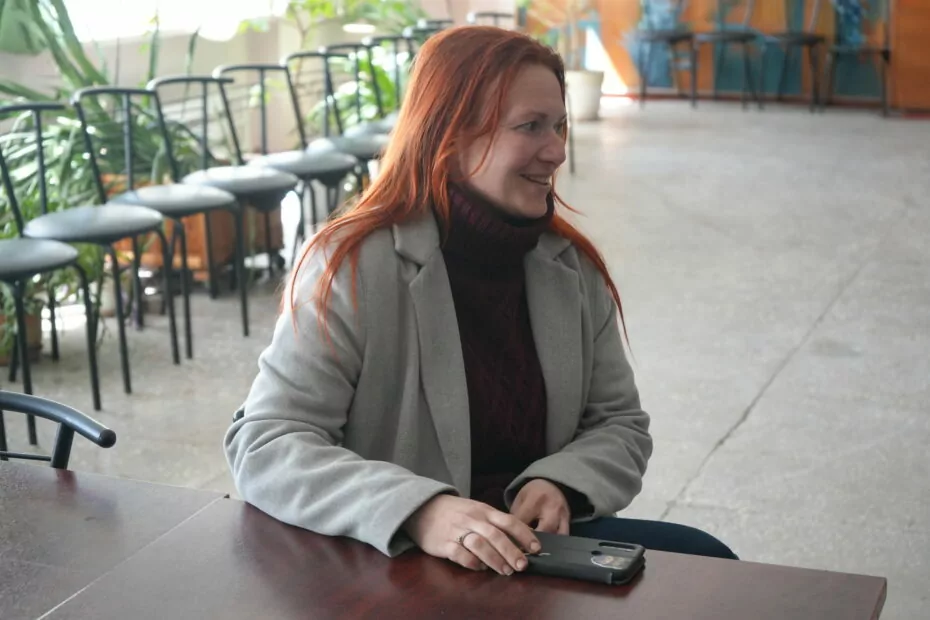
Previously, Olesia taught dance to children at the Zaliznychnyk Palace of Culture in Izium. In 2022, the building was significantly damaged by the Russian invasion. As of 2019, choreographic, pop, and modern dance groups, a style and beauty studio, and a studio theater functioned in the Palace.
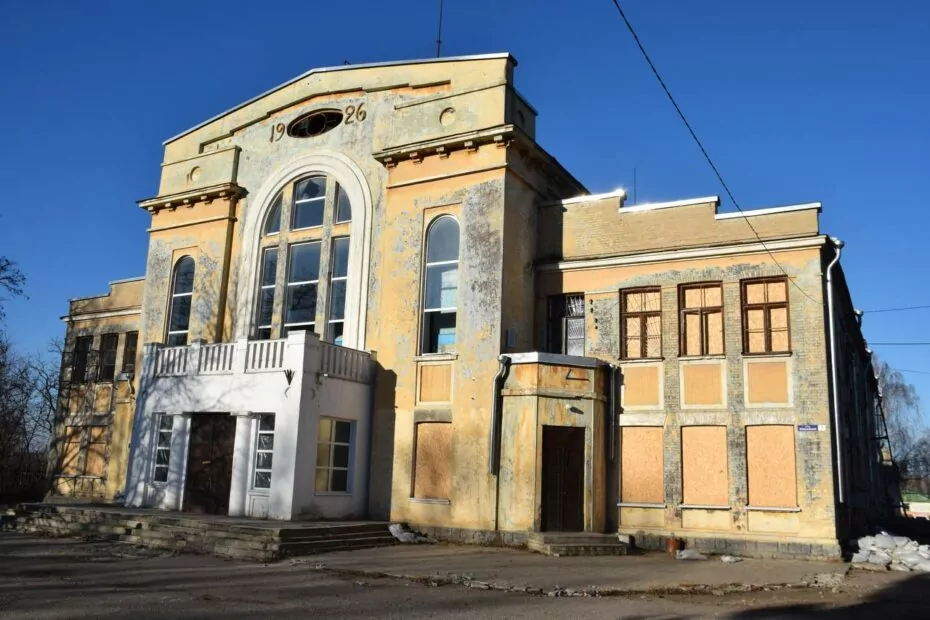
— On February 16, we held the first class at the Izium Regional Center of Professional Education. I called the children in advance and wrote to them on Viber. Both those who remained in the occupation and those who returned after the liberation of Izium came [to the class]. There were 20-25 children at the first lesson. Now we practice regularly – beginners from 4 to 18 years old come. I also teach dance to adults, says Olesia.
“Spilno. The meeting point” project aims to support teenagers and their families forced to leave their homes because of the war. Creative workshops, hobby clubs, sessions with a psychologist and a speech therapist, master classes, and lectures are also organized here for children.
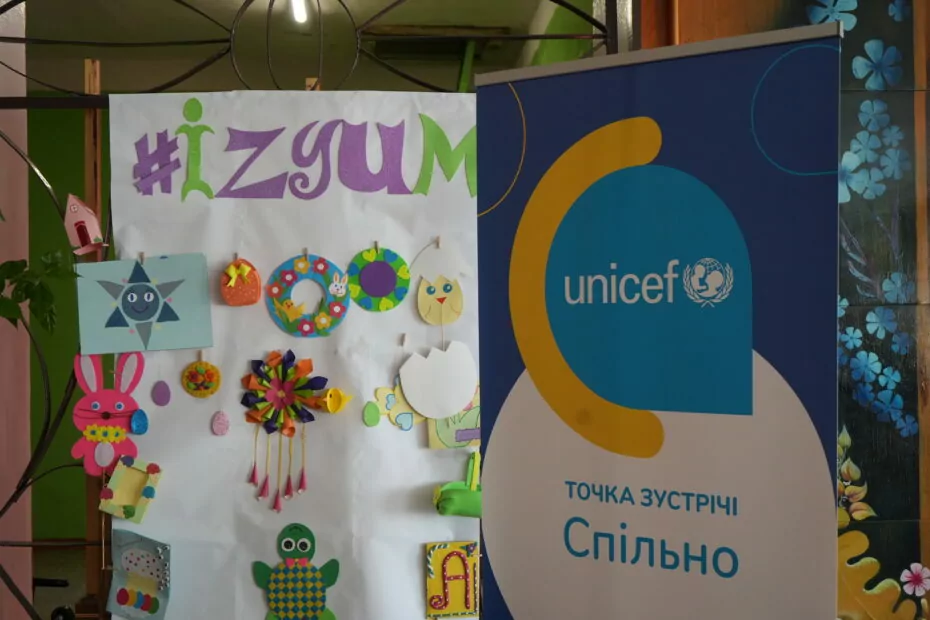
— At the beginning of spring, representatives of the State Emergency Service organized a lecture on mine danger. There was an incident in Izium in February – eight children were injured due to the “petal” mine explosion. In our area, the occupiers scattered them on purpose, then detonated them with the words, “The Armed Forces left mines here, and we will save you from them,” Olesia says.
In September 2022, the community had about 13,000 residents. Now the number changes, people continue to return: as of the beginning of May, there are 22-23 thousand residents, among them about 2,000 children.
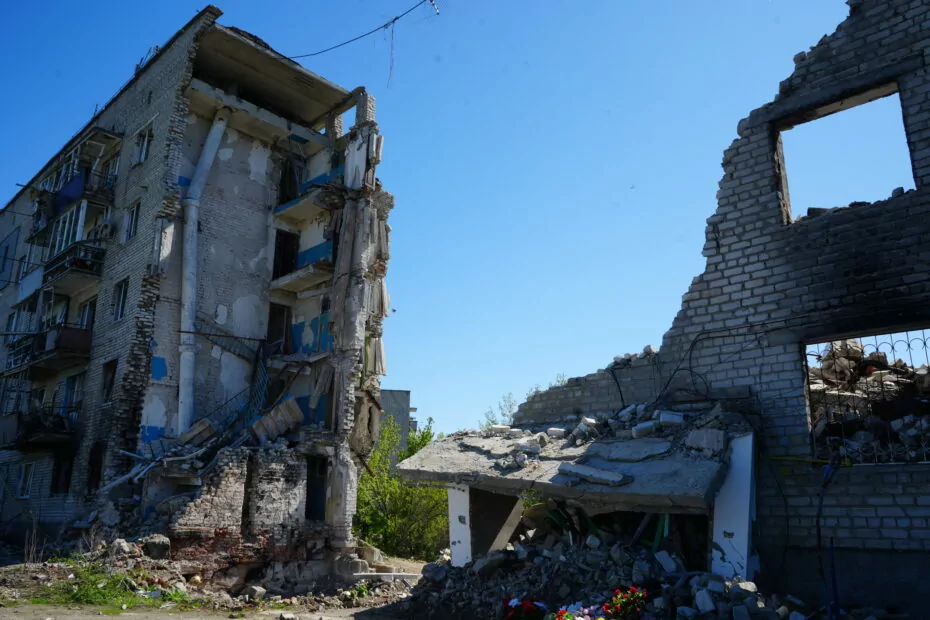
— For the children, the occupation is associated with basements. They remember it the most – sometimes, kids mention it in after-class conversations. At the beginning of the full-scale invasion, we all hid in basements — which meant darkness, fear, and explosions.
Before the full-scale invasion, 51 thousand people were registered in the community, and the actual number was about 35-36 thousand. At the time of liberation, this number was reduced by three times. But as people return to Izium, more students appear in Olesia’s groups.
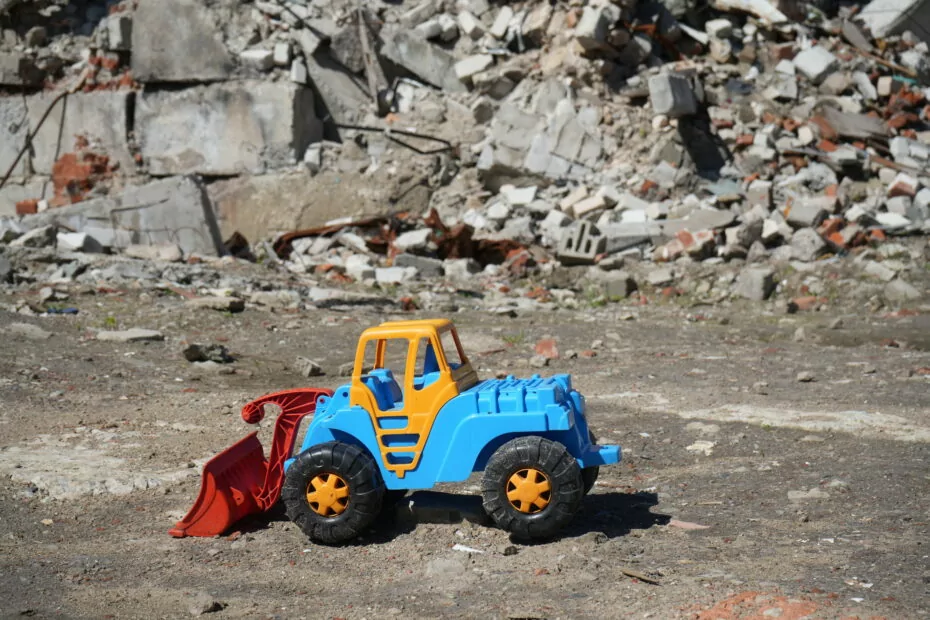
Izium Local Lore Museum
As a result of the full-scale invasion of Russia into Ukraine, the Izium Museum of Local History suffered: windows were broken, the roof was damaged, and the facility was left without a heating supply. The building has a century-old history. It was founded by Mykola Sibilov, a Ukrainian scientist and researcher of archaeological monuments of Slobozhanshchyna, Donetsk, and Don regions.
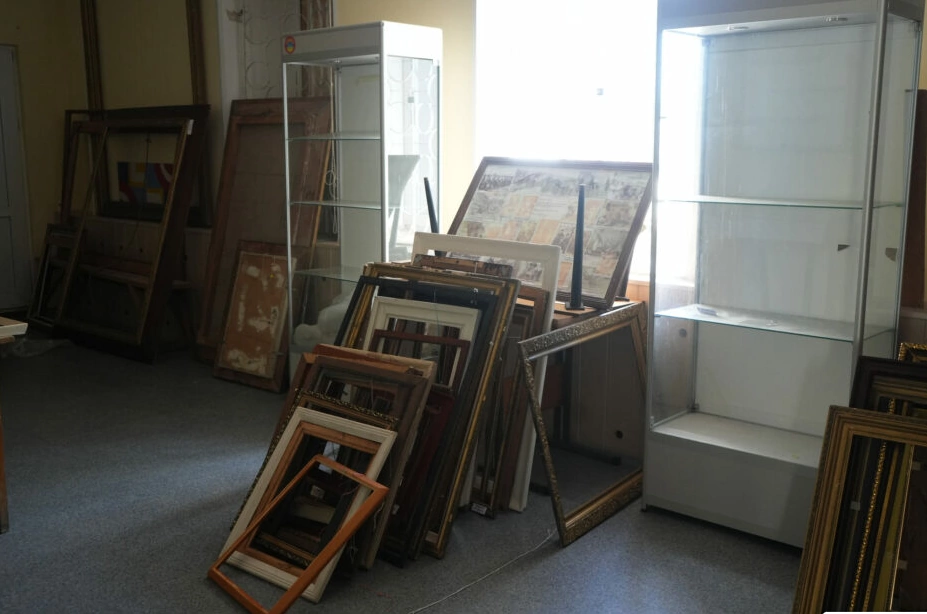
Until Feb. 24, the museum contained sketches by Serhii Vasylkivskyi and paintings by Mytrofan Fedorov, Vasyl Zabashta, Ivan Plys, and other Ukrainian artists. Moreover, the collection included the Gospel in silver and gilding of 1707, issued by Hetman Ivan Mazepa. It was hidden from the Russians by a museum employee during the occupation and is currently kept in guarded storage. Now the museum is closed to visitors, but the staff hopes to be able to open its doors again soon.
The museum’s collection was replenished with “exhibits” left by the occupiers: army spoons, bags with the words “We don’t abandon our people,” and propaganda newspapers.
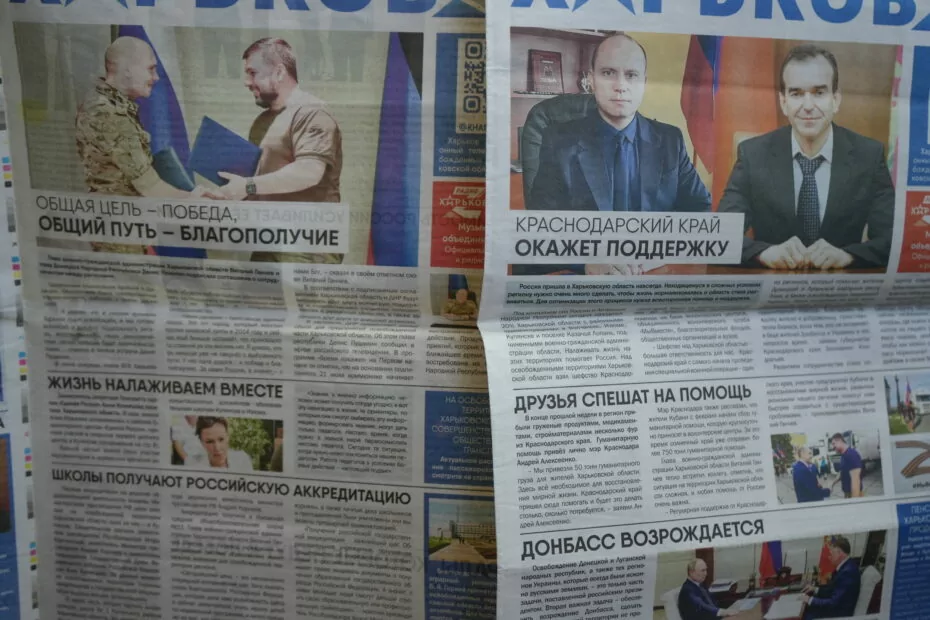
“I woke up early on the day of liberation. I remember going out then, as always, with coffee to the yard and saw a tank with our flag,” says the museum employee. “I didn’t even know what to wave with, either my hands or that cup. There was so much happiness. I can’t even express it.”
Kremianets mount
A boy and a girl are sitting on wide stone blocks. Next to them is a bicycle on which the couple climbed the mountain. The stairs that lead to the monument were crushed not by shelling but by a tank on which the Russians drove here for fun.
The aerial bombardment damaged the Ataka memorial, dedicated to those who died in the Second World War. A Ukrainian flag flies in the hole from the projectile hit, and below, on a stone pedestal, graffiti was left by an unknown author, whose work is similar to the works of the British artist Banksy. Eight Cumans stone women stand on the mountain. There were nine of them before the full-scale invasion – the Russians destroyed one.
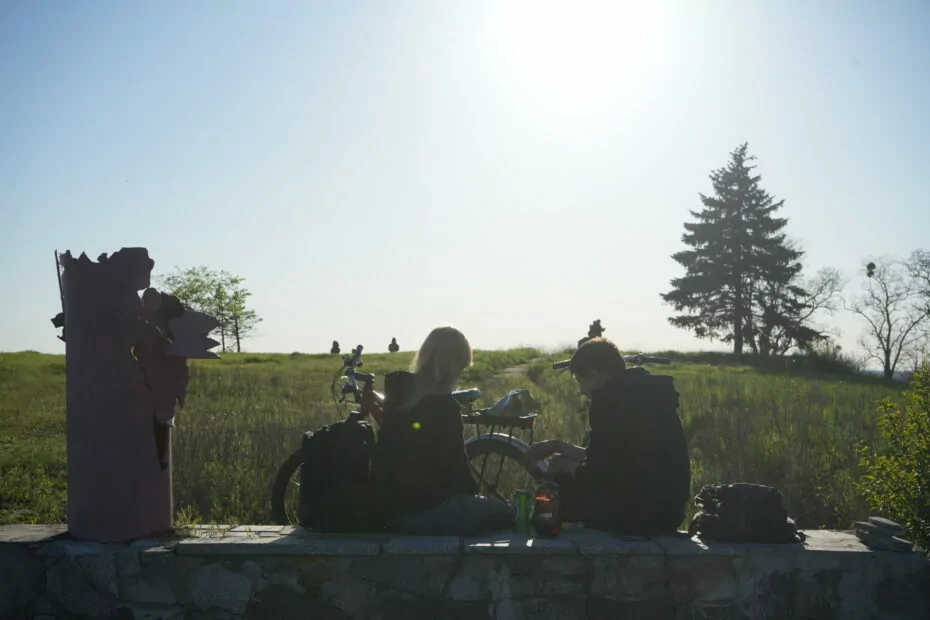
The city is slowly recovering after the occupation. The cafes that worked before the full-scale invasion are opening, the editorial office of the local newspaper Obrii Iziumshchyny is working, and children and teenagers are walking the streets.
According to local reports, many collaborators in Izium left shortly before the de-occupation. Life in the city continues despite the destruction caused by the war.
by Viktoriia Mankovska
Follow us on Twitter, Instagram and LinkedIn for more news, stories, and field reports by Kharkiv journalists.
